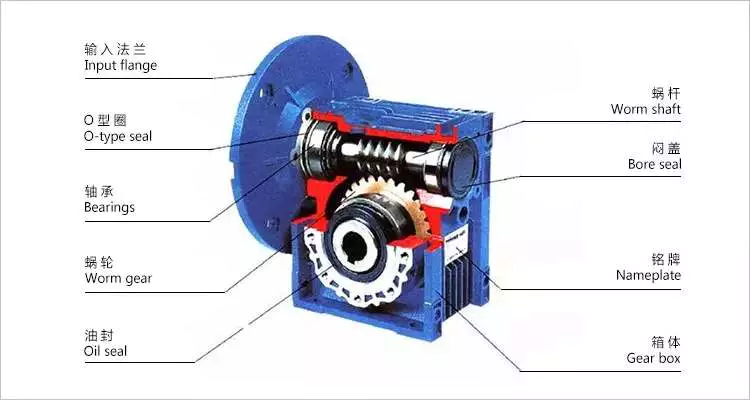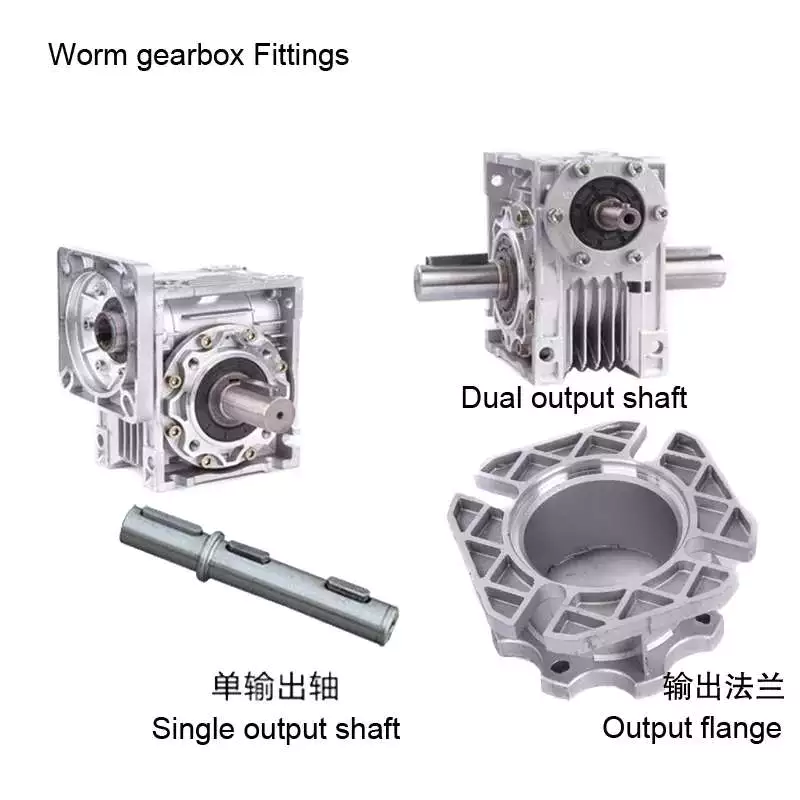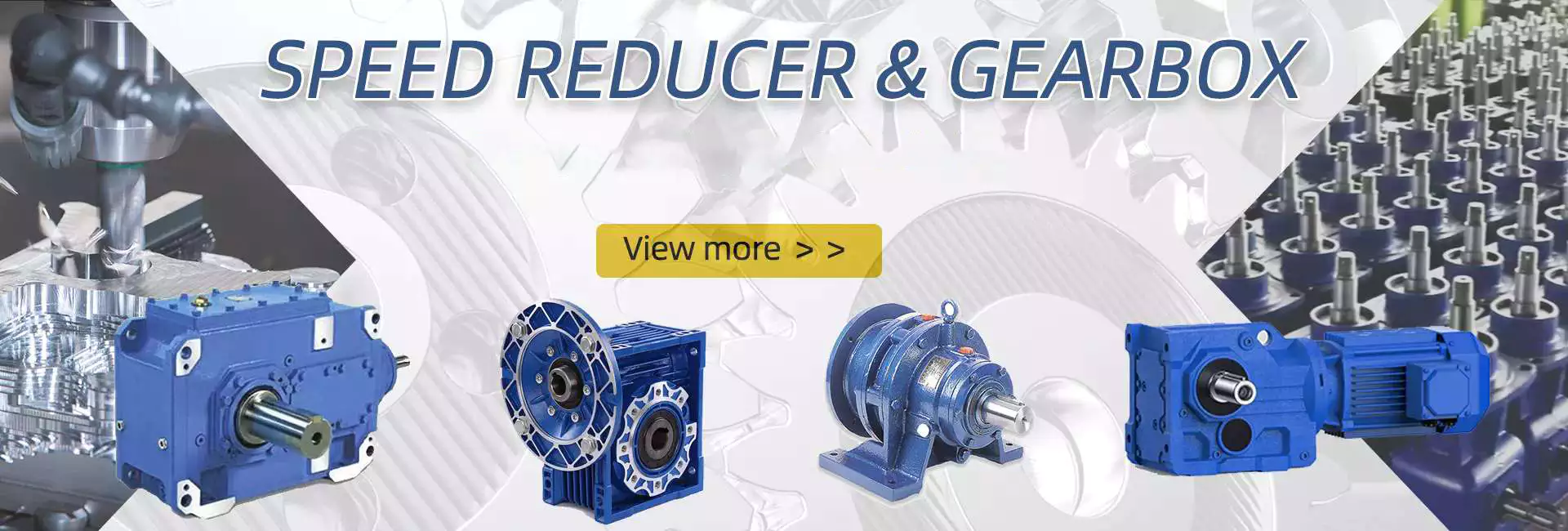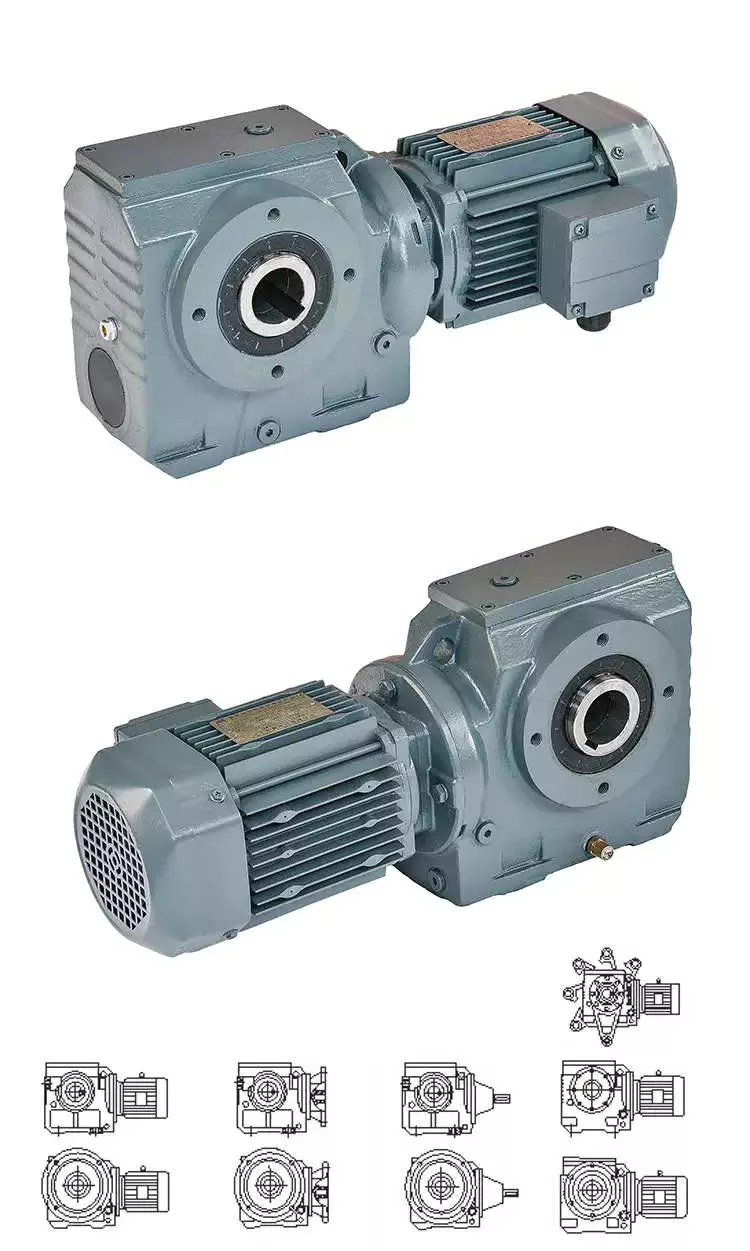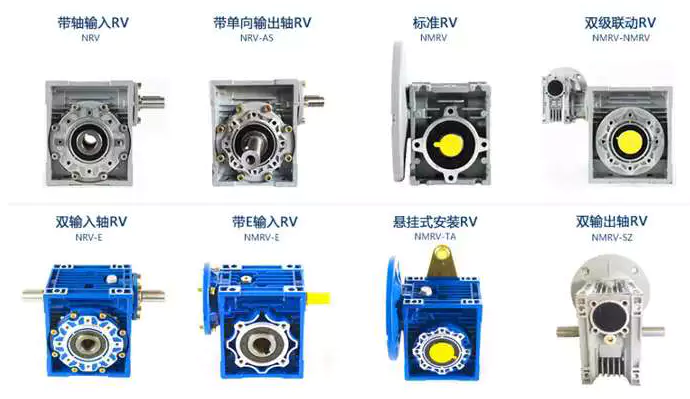Product Description
Product Description
Merchandise Description
-S Series Helical gearbox
Solution Features
1.Higher modular layout.
two.Integrated casting housing,compact dimension,high loading assistance, stable transmitting and low sound degree.
three.With the unique gear geometry, it will get higher torque, efficiency and prolonged existence circle.
4.It can achieve the direct blend for 2 sets of gearbox.
5.Substantial performance and conserve electrical power.
6.Save cost and low maintenance.
Solution Parameters
one. Technical data
| Size | 38 | 48 | 58 | 68 | 78 | 88 | ninety eight |
| Composition | BS BSA BSF BSAF BSAT BSAZ | ||||||
| Input Power(kW) | .eighteen~.75 | .eighteen~1.five | .eighteen~three | .25~5.five | .55~7.5 | .seventy five~fifteen | one.5~22 |
| Ratio | 10.27~a hundred sixty five.71 | eleven.forty six~244.74 | ten.78~196.21 | eleven.fifty five~227.twenty | 9.96~241.09 | eleven.83~223.26 | 12.75~230.forty eight |
| Permissible Torque(N.m) | ninety | one hundred seventy | three hundred | 520 | 1270 | 2280 | 4000 |
| Excess weight(kg) | 7 | ten | fourteen | 26 | fifty | 100 | one hundred seventy |
two: Style selection
| S series gear units are available in the following designs | |
| S…Y… | Foot-mounted parallel shaft helical gear units with solid shaft |
| SA…Y… | Parallel shaft helical gear units with hollow shaft |
| SAZ…Y… | Short-flange mounted parallel shaft helical gear units with hollow shaft |
| SF…Y… | Flange-mounted parallel shaft helical gear units with solid shaft |
| SAT…Y… | Flange-mounted parallel shaft helical gear units with hollow shaft |
| S(SF,SA,SAF,SAZ)S… | Shaft input parallel shaft helical gear units |
| S(SF,SA,SAF,SAZ)…R…Y… | Combinatorial parallel shaft helical gear units |
| S(SF,SA,SAF,SAZ)S…R… | Shaft input combinatorial parallel shaft helical gear units |
Resources Information Sheet
|
Housing content |
Grey Forged iron |
|
Housing hardness |
HBS163~255 |
|
Gear material |
20CrMnTi alloy metal |
|
Area hardness of gears |
HRC58°~62 ° |
|
Equipment core hardness |
HRC33~48 |
|
Input / Output shaft material |
40Cr alloy metal |
|
Enter / Output shaft hardness |
HRC32~36 |
|
Machining precision of gears |
correct grinding, 6~5 Quality |
|
Lubricating oil |
GB L-CKC220-460, Shell Omala220-460 |
|
Heat remedy |
tempering, cementiting, quenching, normalizing, and many others. |
|
Efficiency |
ninety four%~96% (depends on the transmission phase) |
|
Sound (MAX) |
sixty~68dB |
|
Temp. increase (MAX) |
40°C |
|
Temp. increase (Oil)(MAX) |
50°C |
|
Vibration |
≤20µm |
|
Backlash |
≤20Arcmin |
|
Model of bearings |
China leading manufacturer bearing, HRB/LYC/ZWZ/C&U. Or other brand names requested, SKF, FAG, INA, NSK. |
|
Manufacturer of oil seal |
NAK — ZheJiang or other brands requested |
Comprehensive Images
Our procedure of generation
Our product line
Business Profile
Business Profile
Bode was founded in 2007, which is located in HangZhou town, ZHangZhoug province. As 1 expert manufacturer and exporter, we have more than seventeen years’ encounter in R & D of worm reducer, gear reducer, gearbox , AC motor and relative spare parts. We have manufacturing facility with advanced manufacturing and check gear, the powerful advancement of team and producing potential offer our customers with large top quality items. Our products broadly served to different industries of Metallurgy, Chemicals, lifting, mining, Petroleum, textile, medicine, picket and many others. Main markets: China, Africa, Australia, Vietnam, Turkey, Japan, Korea, Philippines… Welcome to inquire us any inquiries, excellent provide often for you for extended time period business.
FAQ
Q1: Are you buying and selling organization or company?
A: We are factory.
Q2: What sorts of gearbox can you make for us?
A: Primary merchandise of our firm: R, S, K, F collection helical-tooth reducer, RV collection worm gear reducer,H Sequence Parallel Shaft Helical Reduction Gear Box
Q3: Can you make as for each personalized drawing?
A: Yes, we offer you personalized support for consumers.
Q4: Can we get 1 personal computer of each item for quality testing?
A: Indeed, we are glad to accept trial order for good quality tests.
Q5: What details shall we give prior to putting a acquire get?
A: a) Variety of the gearbox, ratio, enter and output kind, enter flange, mounting placement, and motor informationetc.
b) Housing colour.
c) Acquire quantity.
d) Other specific demands.
Q6: How extended is your delivery time?
A: Typically it is 5-ten days if the products are in inventory. or it is 15-20 times if the products are not in stock.
Q7: What is your terms of payment ?
A: thirty% Progress payment by T/T after signing the agreement.70% ahead of shipping and delivery
If you are fascinated in our item, welcome to make contact with with us.
Our team will do our ideal to meet your need to have 🙂
|
US $90-5,500 / Piece | |
1 Piece (Min. Order) |
###
| Application: | Motor, Machinery, Marine, Agricultural Machinery |
|---|---|
| Function: | Distribution Power, Change Drive Torque, Speed Changing, Speed Reduction |
| Layout: | Coaxial |
| Hardness: | Hardened Tooth Surface |
| Installation: | Horizontal Type |
| Step: | Double-Step |
###
| Samples: |
US$ 90/Piece
1 Piece(Min.Order) |
|---|
###
| Customization: |
Available
|
|---|
###
| Size | 38 | 48 | 58 | 68 | 78 | 88 | 98 |
| Structure | BS BSA BSF BSAF BSAT BSAZ | ||||||
| Input Power(kW) | 0.18~0.75 | 0.18~1.5 | 0.18~3 | 0.25~5.5 | 0.55~7.5 | 0.75~15 | 1.5~22 |
| Ratio | 10.27~165.71 | 11.46~244.74 | 10.78~196.21 | 11.55~227.20 | 9.96~241.09 | 11.83~223.26 | 12.75~230.48 |
| Permissible Torque(N.m) | 90 | 170 | 300 | 520 | 1270 | 2280 | 4000 |
| Weight(kg) | 7 | 10 | 14 | 26 | 50 | 100 | 170 |
###
| S series gear units are available in the following designs | |
| S…Y… | Foot-mounted parallel shaft helical gear units with solid shaft |
| SA…Y… | Parallel shaft helical gear units with hollow shaft |
| SAZ…Y… | Short-flange mounted parallel shaft helical gear units with hollow shaft |
| SF…Y… | Flange-mounted parallel shaft helical gear units with solid shaft |
| SAT…Y… | Flange-mounted parallel shaft helical gear units with hollow shaft |
| S(SF,SA,SAF,SAZ)S… | Shaft input parallel shaft helical gear units |
| S(SF,SA,SAF,SAZ)…R…Y… | Combinatorial parallel shaft helical gear units |
| S(SF,SA,SAF,SAZ)S…R… | Shaft input combinatorial parallel shaft helical gear units |
###
|
Housing material
|
Grey Cast iron
|
|
Housing hardness
|
HBS163~255
|
|
Gear material
|
20CrMnTi alloy steel
|
|
Surface hardness of gears
|
HRC58°~62 °
|
|
Gear core hardness
|
HRC33~48
|
|
Input / Output shaft material
|
40Cr alloy steel
|
|
Input / Output shaft hardness
|
HRC32~36
|
|
Machining precision of gears
|
accurate grinding, 6~5 Grade
|
|
Lubricating oil
|
GB L-CKC220-460, Shell Omala220-460
|
|
Heat treatment
|
tempering, cementiting, quenching, normalizing, etc.
|
|
Efficiency
|
94%~96% (depends on the transmission stage)
|
|
Noise (MAX)
|
60~68dB
|
|
Temp. rise (MAX)
|
40°C
|
|
Temp. rise (Oil)(MAX)
|
50°C
|
|
Vibration
|
≤20µm
|
|
Backlash
|
≤20Arcmin
|
|
Brand of bearings
|
China top brand bearing, HRB/LYC/ZWZ/C&U. Or other brands requested, SKF, FAG, INA, NSK.
|
|
Brand of oil seal
|
NAK — Taiwan or other brands requested
|
|
US $90-5,500 / Piece | |
1 Piece (Min. Order) |
###
| Application: | Motor, Machinery, Marine, Agricultural Machinery |
|---|---|
| Function: | Distribution Power, Change Drive Torque, Speed Changing, Speed Reduction |
| Layout: | Coaxial |
| Hardness: | Hardened Tooth Surface |
| Installation: | Horizontal Type |
| Step: | Double-Step |
###
| Samples: |
US$ 90/Piece
1 Piece(Min.Order) |
|---|
###
| Customization: |
Available
|
|---|
###
| Size | 38 | 48 | 58 | 68 | 78 | 88 | 98 |
| Structure | BS BSA BSF BSAF BSAT BSAZ | ||||||
| Input Power(kW) | 0.18~0.75 | 0.18~1.5 | 0.18~3 | 0.25~5.5 | 0.55~7.5 | 0.75~15 | 1.5~22 |
| Ratio | 10.27~165.71 | 11.46~244.74 | 10.78~196.21 | 11.55~227.20 | 9.96~241.09 | 11.83~223.26 | 12.75~230.48 |
| Permissible Torque(N.m) | 90 | 170 | 300 | 520 | 1270 | 2280 | 4000 |
| Weight(kg) | 7 | 10 | 14 | 26 | 50 | 100 | 170 |
###
| S series gear units are available in the following designs | |
| S…Y… | Foot-mounted parallel shaft helical gear units with solid shaft |
| SA…Y… | Parallel shaft helical gear units with hollow shaft |
| SAZ…Y… | Short-flange mounted parallel shaft helical gear units with hollow shaft |
| SF…Y… | Flange-mounted parallel shaft helical gear units with solid shaft |
| SAT…Y… | Flange-mounted parallel shaft helical gear units with hollow shaft |
| S(SF,SA,SAF,SAZ)S… | Shaft input parallel shaft helical gear units |
| S(SF,SA,SAF,SAZ)…R…Y… | Combinatorial parallel shaft helical gear units |
| S(SF,SA,SAF,SAZ)S…R… | Shaft input combinatorial parallel shaft helical gear units |
###
|
Housing material
|
Grey Cast iron
|
|
Housing hardness
|
HBS163~255
|
|
Gear material
|
20CrMnTi alloy steel
|
|
Surface hardness of gears
|
HRC58°~62 °
|
|
Gear core hardness
|
HRC33~48
|
|
Input / Output shaft material
|
40Cr alloy steel
|
|
Input / Output shaft hardness
|
HRC32~36
|
|
Machining precision of gears
|
accurate grinding, 6~5 Grade
|
|
Lubricating oil
|
GB L-CKC220-460, Shell Omala220-460
|
|
Heat treatment
|
tempering, cementiting, quenching, normalizing, etc.
|
|
Efficiency
|
94%~96% (depends on the transmission stage)
|
|
Noise (MAX)
|
60~68dB
|
|
Temp. rise (MAX)
|
40°C
|
|
Temp. rise (Oil)(MAX)
|
50°C
|
|
Vibration
|
≤20µm
|
|
Backlash
|
≤20Arcmin
|
|
Brand of bearings
|
China top brand bearing, HRB/LYC/ZWZ/C&U. Or other brands requested, SKF, FAG, INA, NSK.
|
|
Brand of oil seal
|
NAK — Taiwan or other brands requested
|
The Different Types of Gearboxes
There are many different types of gearboxes. Some brands have more than one type. In this article, we’ll discuss the planetary gearbox, the worm reduction gearbox, the shaft mounted gearbox, and the one speed gearbox. This article will also help you determine which type of gearbox is best for your vehicle. And don’t worry if you don’t know the terminology yet. We’ll explain each type in detail so that you know what you’re getting yourself into.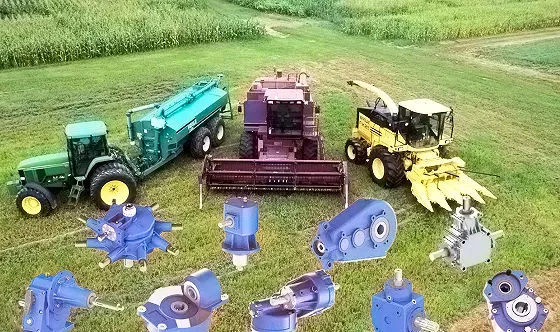
Planetary gearbox
Planetary gears have many advantages. The multiple gears in a planetary gearbox mesh simultaneously during operation. As such, they provide high efficiency and transmit high transmittable torque. These gears are widely used in various industries and are resistant to high shock loads and demanding conditions. CZPT is one of the companies that offer planetary gearboxes. Its products do not require special tools for assembly, and its scalable design minimizes safety stock.
Among the numerous benefits of planetary gearing is its compactness and lightweight. As such, it is suitable for wide applications with space and weight constraints. However, to truly appreciate its benefits, it is necessary to understand its mechanisms. Here are some of the most common details about planetary gearing:
The planetary gearbox has two mounted gears: an input shaft and an output shaft. Each gear has multiple teeth that are attached to a carrier and rotate with the input shaft. The carrier is connected to the output shaft. A planetary gear is mounted on both gears via a carrier. The carrier rotates in order to drive the planetary gear. The sun gear is often the input gear. The other gear is called the outer gear.
Planetary gearboxes are highly customizable. The size, mounting, and housing options vary, as do the reduction ratios and input speeds. Different types can be manufactured for different applications and include options such as electrical or mechanical preload. The final design of a planetary gearbox can be highly customized, based on the specifications of the application. By combining engineering excellence and ongoing innovation, planetary gearboxes provide years of trouble-free operation.
A planetary gearbox can be either an electric motor or a manual one. The latter has more features than the former, and can be used in applications where space is an issue. The primary features of a planetary gearbox include its backlash, torque, and ratio. Secondary features include noise, corrosion resistance, and construction. A planetary gearbox is a highly versatile gearbox that can drive anything from simple machinery to advanced electrical systems.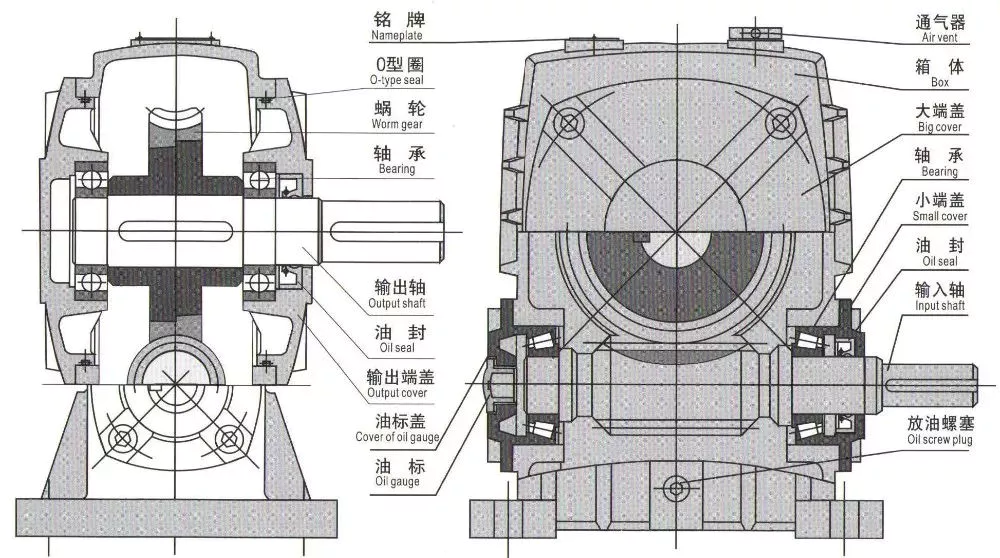
Worm reduction gearbox
The global worm reduction gearbox market report compiles key insights from the industry to help you improve your business strategy. This report will help you create a comprehensive business document that will enhance your company’s competitive edge. To obtain this report, visit our website now! Read our latest report to find out what you can expect from the global worm reduction gearbox market. Alternatively, request a sample copy for more details. Here is a sneak peek of the report:
Worm gears are made with different thread counts and are usually not matched with the CZPT standard. In general, a single thread worm should be used with a single thread worm. Worm gears have either right or left threads, and their thread count will be different as well. This type of gear is used to reduce the speed of a rotating shaft. The speed reduction ratio will be about 50 percent if the worms have the same thread count as the CZPT gears.
The standard gear set transfers power at the peak load point of a tooth, called the pitchline. The worm gear moves slowly against the wheel’s metal surface. The worm gear is also more complex than the standard gear because the worm is sliding rather than rolling. Worm gears are hard to lubricate. Moreover, the sliding contact between the gear and worm increases the complexity of the gear set. They can be a great solution for applications where noise is a significant factor.
The axial pitch and circular pitch of the worm are equal. The ratio of these two indices determines the speed of transmission. For a worm reduction gearbox to work, the axial pitch and the circular pitch must match. The pitch angle of a worm can either be left-handed or right-handed. The lead of a worm is the distance one thread travels in one revolution. The lead angle is the angle tangent to the thread helix of the cylinder’s pitch. When a worm mesh is reversed, the majority of the mesh will be on the receding arc.
Worm gears generate more heat than their counterparts, so it is important to choose a worm reduction gearbox carefully. You will want to choose the material and amount of lubricating oil carefully. Worm gears are generally made of tin bronze. The paired worms are hardened to HRC45-55. In general, they are durable, lasting up to ten years. But they will wear out – and they wear out – so you may want to consider some other factors.
Shaft-mounted gearbox
Shaft-mounted gearboxes are designed for a variety of mining and quarry applications. Their high reliability and low maintenance make them an excellent choice in these types of applications. Shaft-mounted gearboxes also feature an optional backstop device that prevents the unit from rotating in one direction. This makes them an excellent choice for applications where alignment accuracy is an issue. Here are some of the benefits of using a shaft-mounted gearbox:
Shaft-mounted gearboxes are typically constructed of aluminium, and come in sizes ranging from 050 to 125. They feature a variety of reduction ratios and ensure optimum efficiency in all operating conditions. New S series sizes, 140 and 150, extend the application range of shaft-mounted gearmotors. They are both backed by a two-year warranty. For even greater peace of mind, Shaft-mounted gearboxes are available with a range of warranty options.
The most common applications for a Shaft-mounted gearbox include traction-driven applications where a low-speed shaft is required for operation. They also are suitable for applications without a foundation, where the motor is mounted next to the reducer. To prevent the gear drive from rotating, a torque arm is attached between the motor and the shaft. Small-sized shaft-mounted gear drives are usually made without motor mount kits, which can make them an excellent choice for conveying light loads.
Another important feature of a Shaft-mounted gearbox is its mounting position. The reduced motion through the drive is redirected through the shaft, creating additional forces. These additional forces can affect the performance of the gearbox, causing vibrations and noise. Consequently, it is important to replace worn or damaged belts on a regular basis. Further, shaft-mounted gearboxes can be affected by problems with other components and amplify vibrations.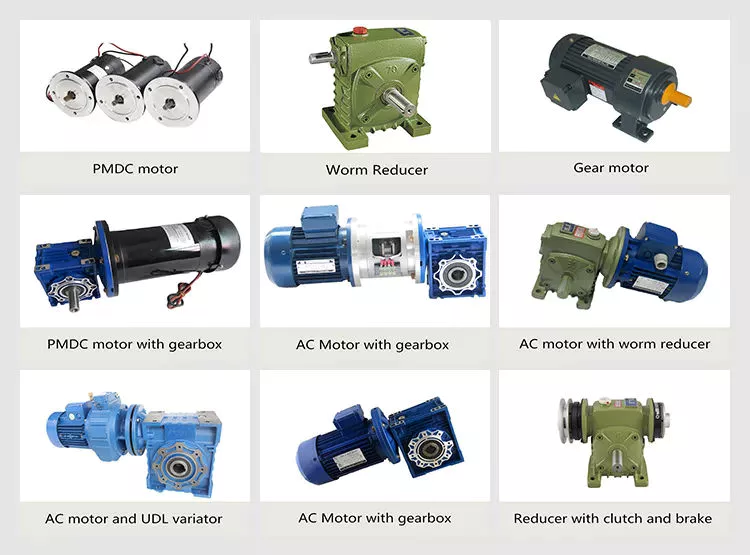
1 speed gearbox
CZPT Group Components produces one speed gearboxes. These transmissions are produced in the CZPT Group’s Kassel plant. They are compact and robust, and are designed for easy integration. The Bosch Rexroth GD1 one-speed gearbox is easy to install horizontally or vertically. The Plug and Drive system integrates the gearbox with the existing cooling system. There are many other benefits to this gearbox.
With an ID.3 electric drive motor, the maximum torque is delivered at 16,000 rpm. This single-speed transmission offers high power density and excellent noise-reduction, making it ideal for electric vehicles. The e-drive motor is extremely quiet and requires precision manufacturing. The e-drive motor also enables a wide range of driving conditions. It can reverse when needed, and reaches its maximum speed at 16,000.
The single-speed gearbox is a standard feature on most electric vehicles. Some electric vehicles, such as the Porsche Taycan, will be equipped with a two-speed gearbox. This gearbox offers more top speed and range, but it is more complex than a standard single-speed gearbox. CZPT doesn’t need to add complexity to its electric vehicles. After all, a 355 horsepower family wagon is not likely to need a dual-speed gearbox.
In addition to simplifying the transmission, the patent claims also address improvements in structural design. Fig. 5 shows a schematic representation of a transmission 50′, wherein gear sets Z1 and Z4 are exchanged between partial transmissions. This switch matrix also reflects the synchronized gears and lastshelf gears. Hydraulically betatigte Lamellenkupplungen (HBA) also form a last-shelf gear.
Another advantage of the patent claim is that it offers numerous functional freedoms, which is especially valuable in the design of an automobile. One of the patent claims identifies a tosatzlicher middle gear that allows a driver to switch between second and third gears, with a single gearbox. In a conventional one-speed transmission, the tosatzlicher middle gear is attached to the second and first part gearbox. The latter has a second and third gear.


editor by czh2022-11-25
